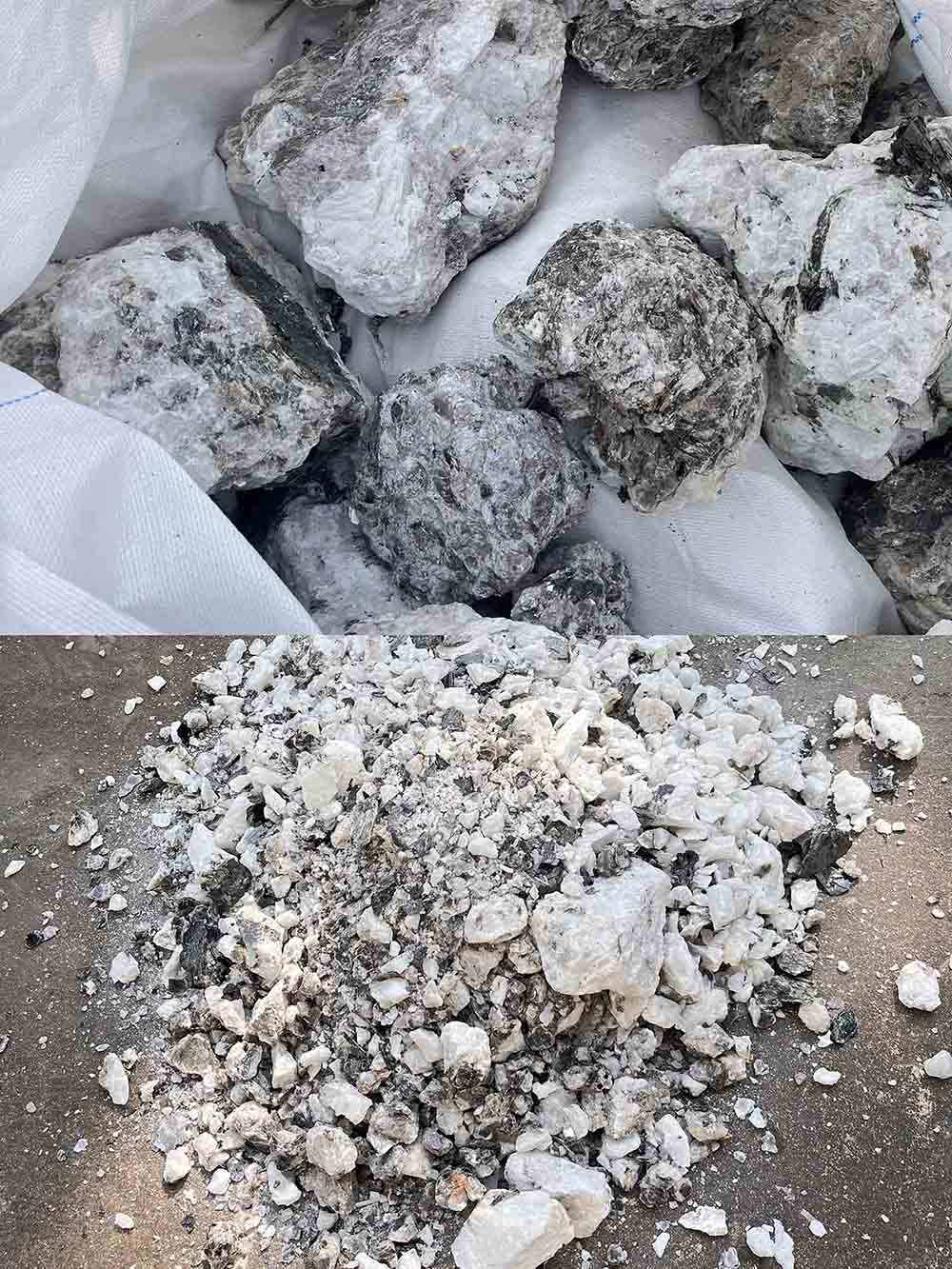 MINGDE takes you to understand the development and use of high pure quartz!
Mar 28, 2024
MINGDE takes you to understand the development and use of high pure quartz!
Mar 28, 2024
At present, the global high-purity quartz raw material deposits are mainly located in Brazil, the United States, Canada, Norway, Australia, Russia, China and so on. A total of 14 deposits, only 7 mines in production. Global high purity quartz sand resources in 50-66 million tons, in production resources in 20-25 million tons.
As of the end of 2019, the global mineral resources of high-purity quartz raw materials were about 73 million tons, of which, Brazil is the world's first largest resource country, with a resource of 21.11 million tons, and the type of ore is mainly natural crystals; the United States is the second largest resource country, with a resource of 18.22 million tons, and the type of ore is mainly granite pegmatite type quartz. Canada ranks third in the world, with resources of 10 million tons, and the ore type is mainly vein quartz.
Internationally recognized is the United States of America's granite pegmatite quartz deposits, with large reserves, good quality is the most famous. China's high-purity quartz raw material ore to vein quartz and crystal-based, total resources of 6.85 million tons, of which the crystal resources are only 0.69 million t. Mainly distributed in Hubei Herb Chun (Ling Qiu Mountain quartz ore SiO2 content of 99.35%), Jiangsu Donghai (SiO2 content of 99.19%), Jingde, Anhui (version of the book of the township of Longchuan veins of quartz ore SiO2 content of 99.01%) and Taihu Lake, and other areas, of which the Donghai, Jiangsu (SiO2 content of 99.19%), Anhui Jingde (Banshu Township, Longchuan vein of quartz ore SiO2 content of 99.01%) and Taihu Lake. etc., among which the crystal quality of Jiangsu Donghai is the most superior, but the amount of reserved resources is close to depletion. In addition, there are also distributed in Anhui Fengyang, Jiangsu Xinyi, Xinjiang Altay area.
Quartz ore from the SiO2 purity and the content of impurity elements (FeK, Na, Li, Ca, Mg, etc.), quartz can be divided into ordinary quartz and high-purity quartz. Generally speaking, quartz sand with SiO2 content higher than 99.9%, impurity content of Al, Fe, etc. less than 20ppm, and impurity content of K less than 1ppm is defined as high purity quartz.
Depending on the purity, we can further classify high purity quartz as low end (3N), mid-end (4N), mid-high end (4N5), and high end (4N8 and above).
Different purity of quartz specific applications are different, 3N below the ordinary quartz used to manufacture glass, refractory materials, etc. 3N grade used to manufacture silicate system chemical materials, 4N grade used in electronic packaging and other fields, 4N8 used in photovoltaic, communications, 5N grade used in semiconductor, chip.
From the point of view of application, semiconductor and photovoltaic for the world's largest demand for high-purity quartz sand two industries, the product added value is higher.
The semiconductor and new energy industry is the core strategic industry of each country, high purity quartz as a key basic material, preparation technology and export is strictly protected and restricted.
High purity quartz raw ore is generally from crystal, vein quartz, granite pegmatite and other ores as raw materials after the purification of a mineral product.Its purification process is more complex, usually includes the following main links: pretreatment, physical treatment and chemical treatment of three processes.
1. Pre-treatment stage:
Crushing and grinding: the quartz raw ore is crushed and finely crushed, and then ground to the required particle size for subsequent impurity removal and selection operations.
Scrubbing: Remove thin film iron, clay and other easily dislodged impurities from the surface of quartz sand by mechanical scrubbing or ultrasonic scrubbing.
Hand Selection or Picking: Manual selection of obviously visible off-color particles or impurities.
Magnetic Separation: Use magnetic separator to remove magnetic impurities in quartz sand, such as hematite, limonite and black mica.
2. Physical sorting:
Color separation: using photoelectric technology to identify minerals of different colors and remove colored impurities.
Flotation: Add chemicals in the solution, so that the impurity minerals and quartz sand due to the different surface properties to achieve separation.
3. Chemical treatment:
Acid leaching: The quartz sand after physical purification is immersed in an acidic solution (such as hydrofluoric acid, hydrochloric acid or other acids) to dissolve the alkali metals, alkaline earth metals, and other impurities insoluble in water but soluble in acid encapsulated inside or on the surface of the quartz particles.
Alkali treatment: For certain specific types of impurities, alkali treatment may also be required.
Chlorination Roasting: High temperature chlorination roasting is sometimes used to remove some of the impurities that are difficult to get rid of with acid.
4. Subsequent treatment:
Washing: After acid leaching, the quartz sand is washed several times to remove residual acid and dissolved down impurities.
Dewatering: Use filter or centrifuge to dewater the washed quartz sand.
Drying: The dewatered quartz sand is dried to ensure that the product is free of moisture and to prevent secondary contamination or precipitation of impurities caused by moisture.
Fine grading: According to the purity requirements of the final product, fine grading and screening may also be carried out to ensure that the quartz sand particle size is uniform and in line with quality standards.
Through the above series of processes, the quartz sand can be purified to a high purity level of silica content of 99.9% or more, to meet the requirements of high-end applications. It is worth noting that the actual production process of the specific purification process may be adjusted and optimized according to the characteristics of the quartz ore, the type of impurities and the final product quality requirements and other factors.
Through the above series of processes, the quartz sand can be purified to a high purity grade with a silica content of 99.9% or more to meet the requirements of high-end applications.It is worth noting that the actual production process of the specific purification process may be adjusted and optimized according to the characteristics of the quartz ore, the type of impurities and the final product quality requirements and other factors.
Through these complex and fine purification processes, the content of gas-liquid inclusions and homogeneous impurities in quartz sand can be effectively reduced, so as to obtain high-purity quartz sand raw materials required for the manufacture of high-end quartz crucibles.
Quartz crucibles are usually designed with inner and outer double-layer structure to meet different functional requirements.
The inner layer of quartz crucible requires more uniform particle size distribution of high purity quartz sand, generally requires the particle size between 0.1~0.3mm, and the cumulative mass fraction in the particle size range should be greater than or equal to 90%, and the purity is required to reach more than 5N (SiO2=99.998%). At the same time, the inner layer of quartz crucible has more strict requirements on the gas-liquid inclusions content of high-purity quartz sand, which needs to be controlled at a lower level, and the content of these elements should be as low as possible to ensure the quality and stability of the crucible.
The inner periphery process mainly refers to the refining treatment of the inner wall of the crucible, which requires extremely high purity and finish, because it is the part that is in direct contact with the molten silicon, and any impurity may affect the quality of the monocrystalline silicon. Highly homogeneous and pure inner layers are achieved through advanced melting technologies and precise molding processes, such as the centrifugal molding method, to ensure that a stable temperature environment is provided and contamination is prevented during the crystal growth process.
Products such as quartz crucible outer coatings, quartz tubes, quartz rods, quartz boats and quartz ingots are available up to 4N5. More attention is paid to the overall mechanical strength and thermal insulation of the crucible. For example, the outer structure needs to be sufficiently resistant to thermal shock and well insulated to avoid excessive heat loss or uneven heating that could cause the crucible to break. To ensure these properties, the outer layer of quartz may not need to be as pure as the inner layer, but the same stringent manufacturing process control is required.
Quartz crucibles are mainly used for:
1. monocrystalline silicon wafer production: in the photovoltaic and semiconductor industries for pulling large diameter monocrystalline silicon rods, an important step in the manufacture of highly efficient solar cells and integrated circuit chips.
2. Laboratory high temperature experiments: used for melting samples and high-temperature reaction vessels in the fields of material science, geology and mineral analysis.
3. Other material processing and analysis under high temperature environment.
At present, the raw materials used for high purity quartz sand in China are mainly pegmatite-based, which is mainly characterized by large-size natural crystals embedded in the rock matrix, which are mainly dominated by quartz, feldspar and mica. And the MINGDE AI Sorting Machine is a special equipment for optical mineral processing, according to the difference of optical characteristics of the material to be selected, using cutting-edge artificial intelligence + photoelectric sorting technology to automatically sort out the miscellaneous stones or waste materials of the granular minerals. The equipment can quickly identify all kinds of surface features such as color, shape, texture, luster, quality of minerals, etc. It can accurately identify white feldspar and mica in pegmatite and sort them out.
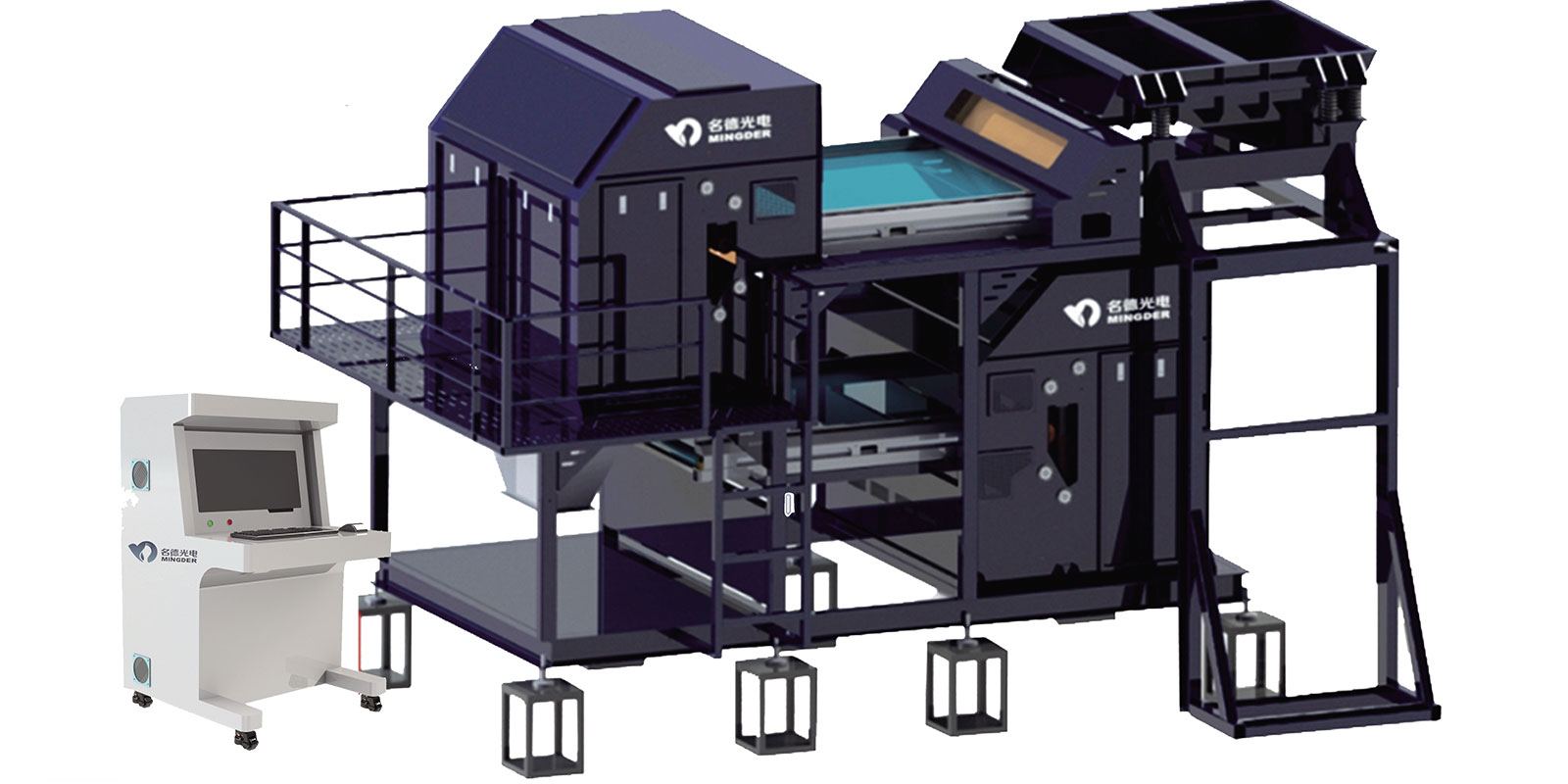 Application and Advantages of MINGDE AI Sorter in Non-metallic Ores
Jun 03, 2024
Application and Advantages of MINGDE AI Sorter in Non-metallic Ores
Jun 03, 2024
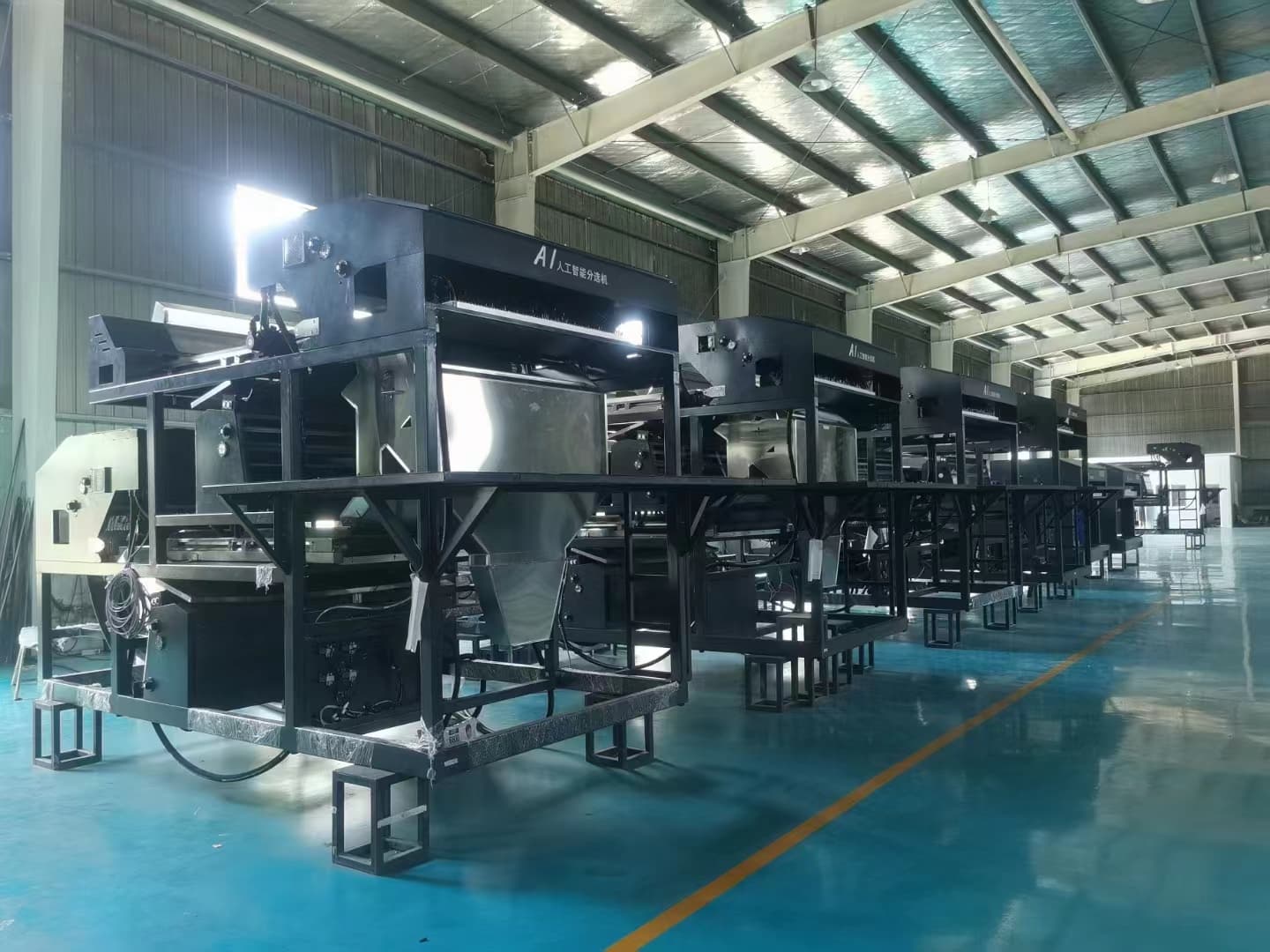 What is Ore Photoelectric Sorting
May 27, 2024
What is Ore Photoelectric Sorting
May 27, 2024
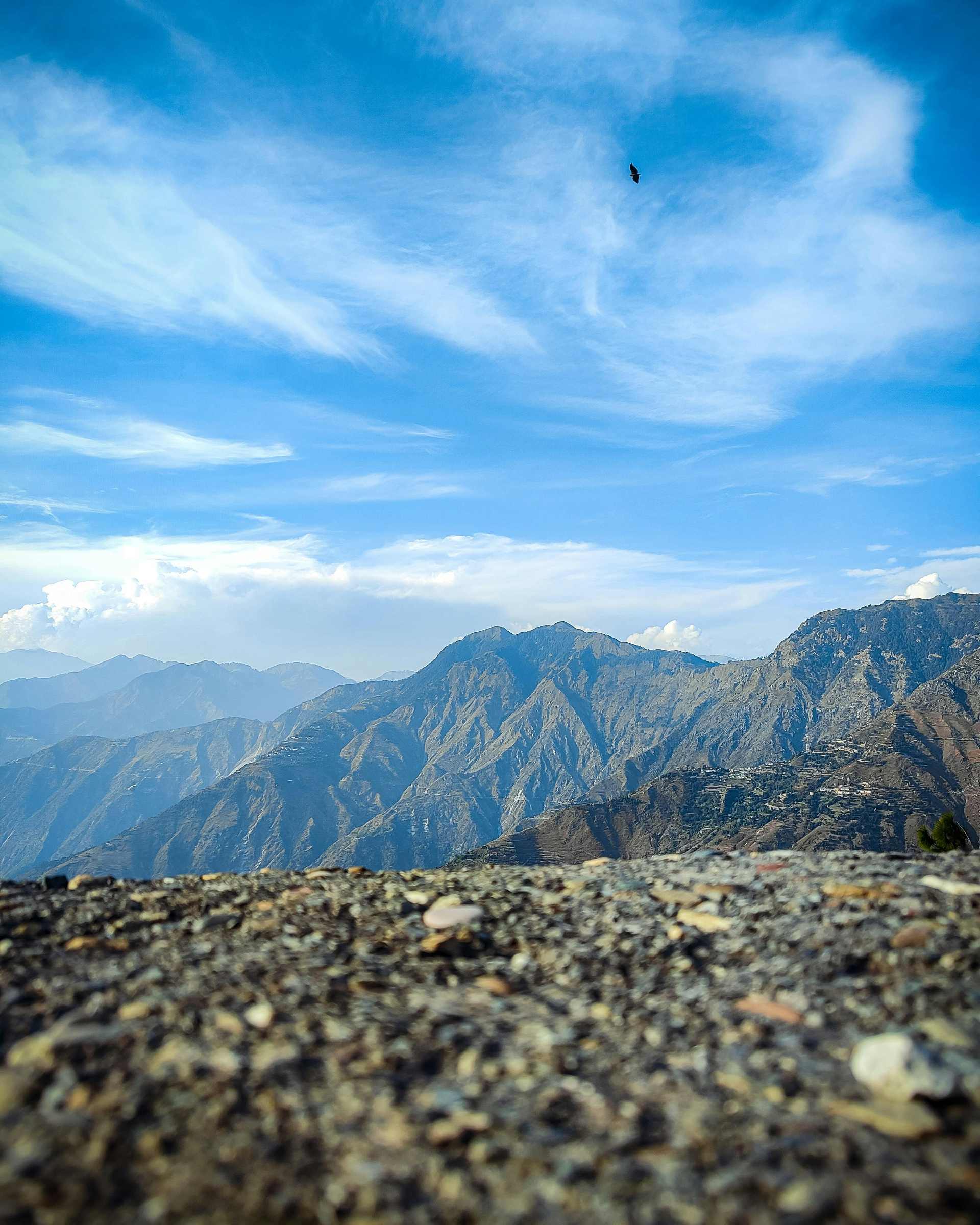 Do You Really Know about Feldspar?
May 18, 2024
Do You Really Know about Feldspar?
May 18, 2024
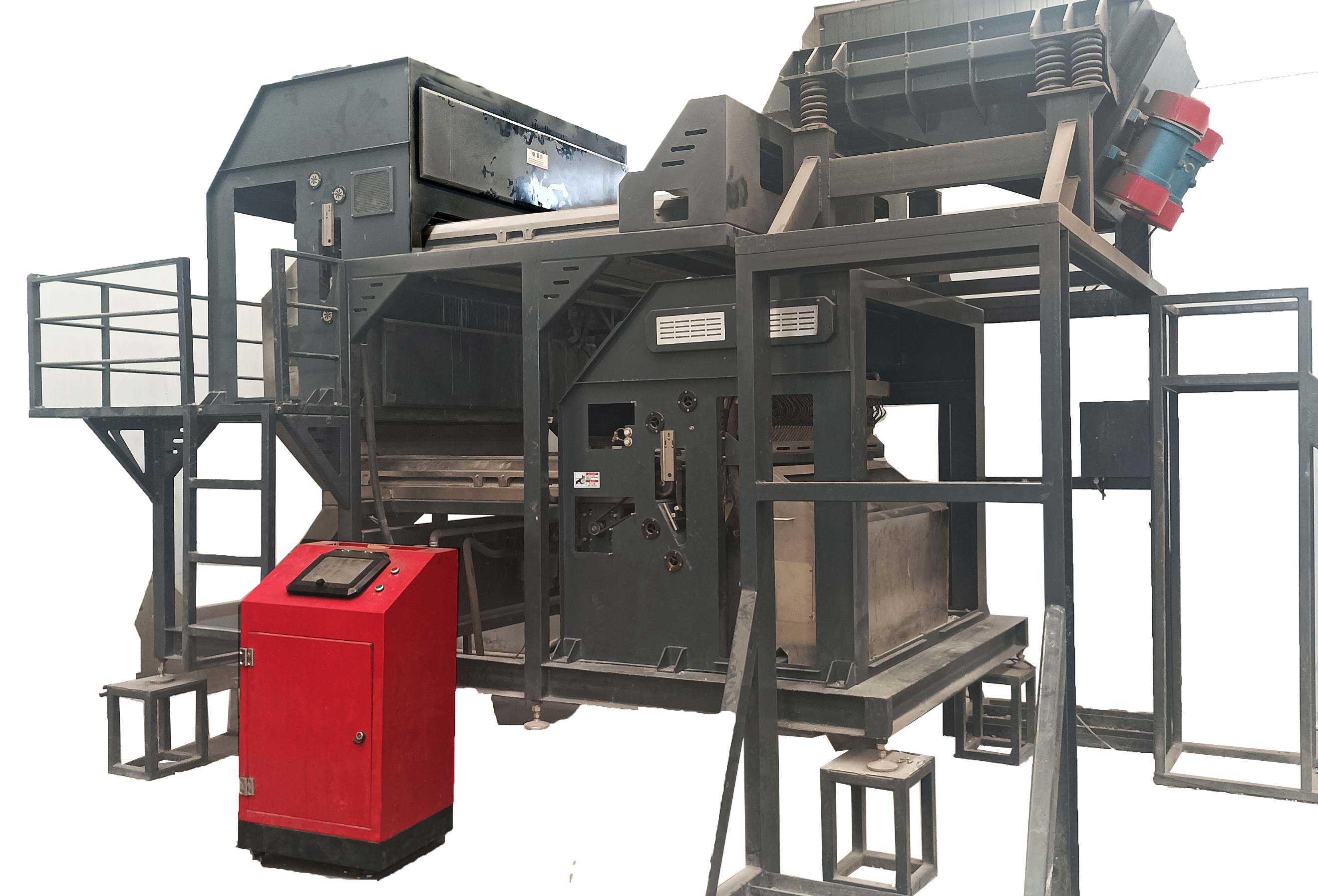 Daily Care and Maintenance of Photoelectric Mineral Processing Equipment!
Jun 01, 2024
Daily Care and Maintenance of Photoelectric Mineral Processing Equipment!
Jun 01, 2024
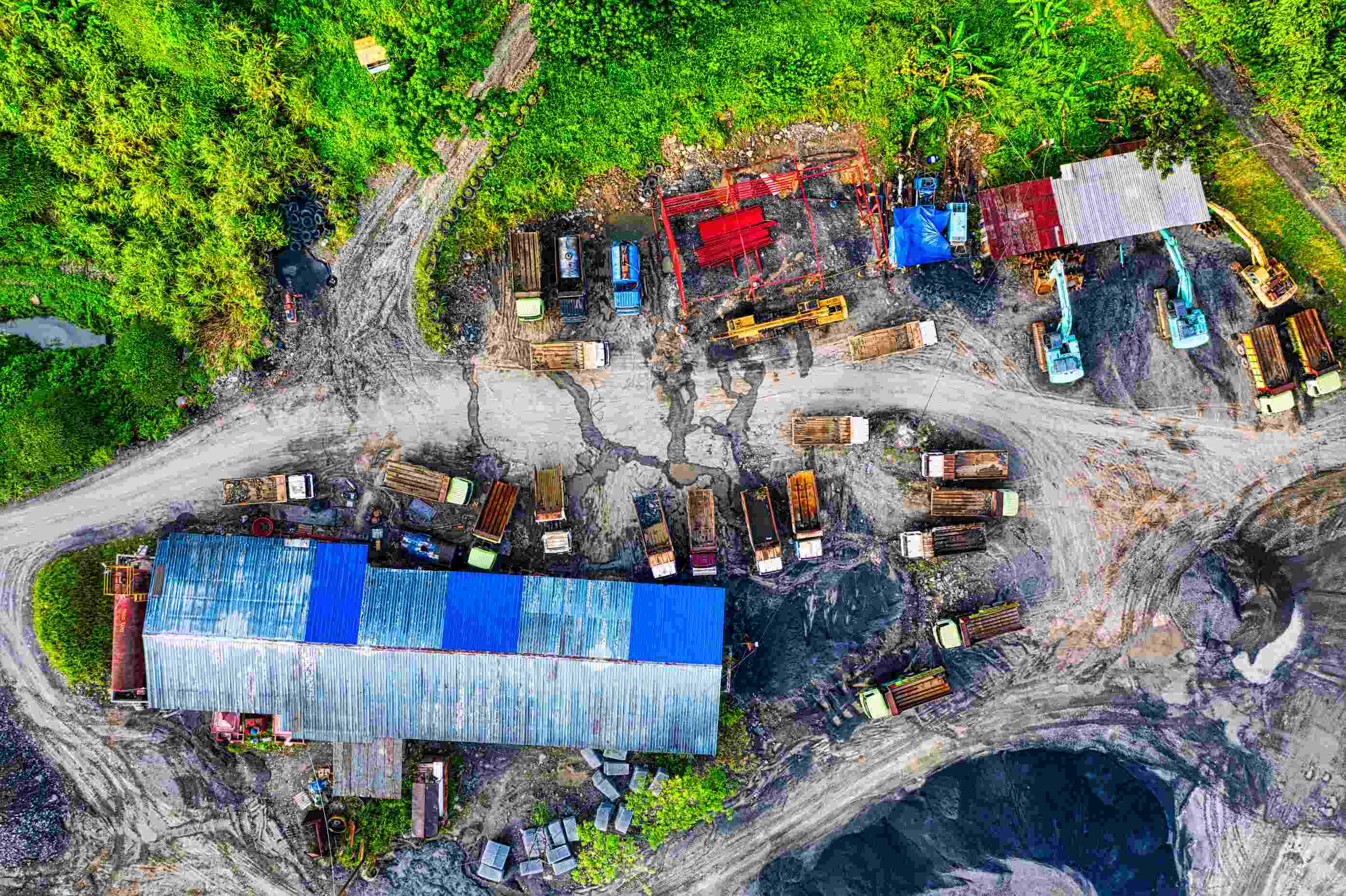 Causes and Solutions Affecting Low Efficiency of Mineral Processing!
May 31, 2024
Causes and Solutions Affecting Low Efficiency of Mineral Processing!
May 31, 2024
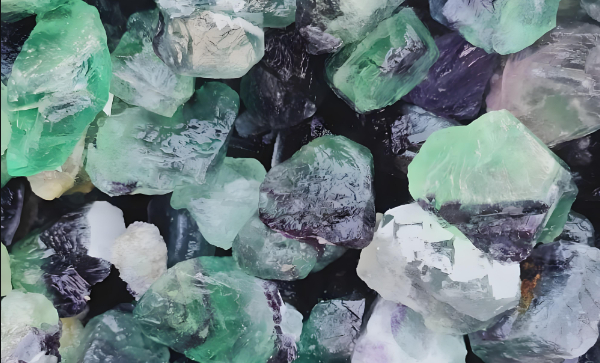 A Brief Introduction to Fluorite
May 28, 2024
A Brief Introduction to Fluorite
May 28, 2024
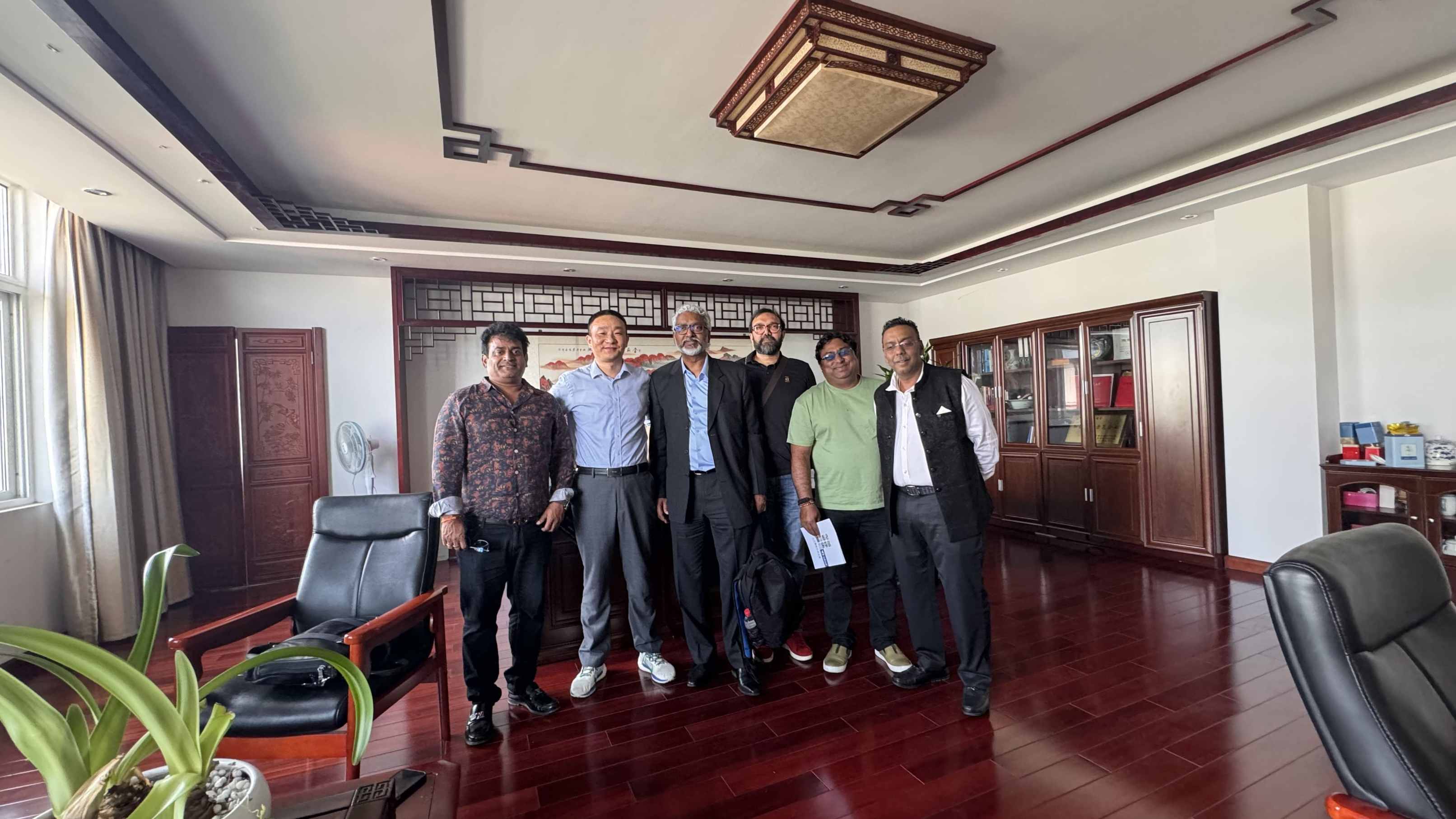 Indian Delegation Gains Insights into MINGDE’s AI-driven Ore Sorting
May 15, 2024
Indian Delegation Gains Insights into MINGDE’s AI-driven Ore Sorting
May 15, 2024
 MINGDE takes you to understand the development and use of high pure quartz!
Mar 28, 2024
MINGDE takes you to understand the development and use of high pure quartz!
Mar 28, 2024
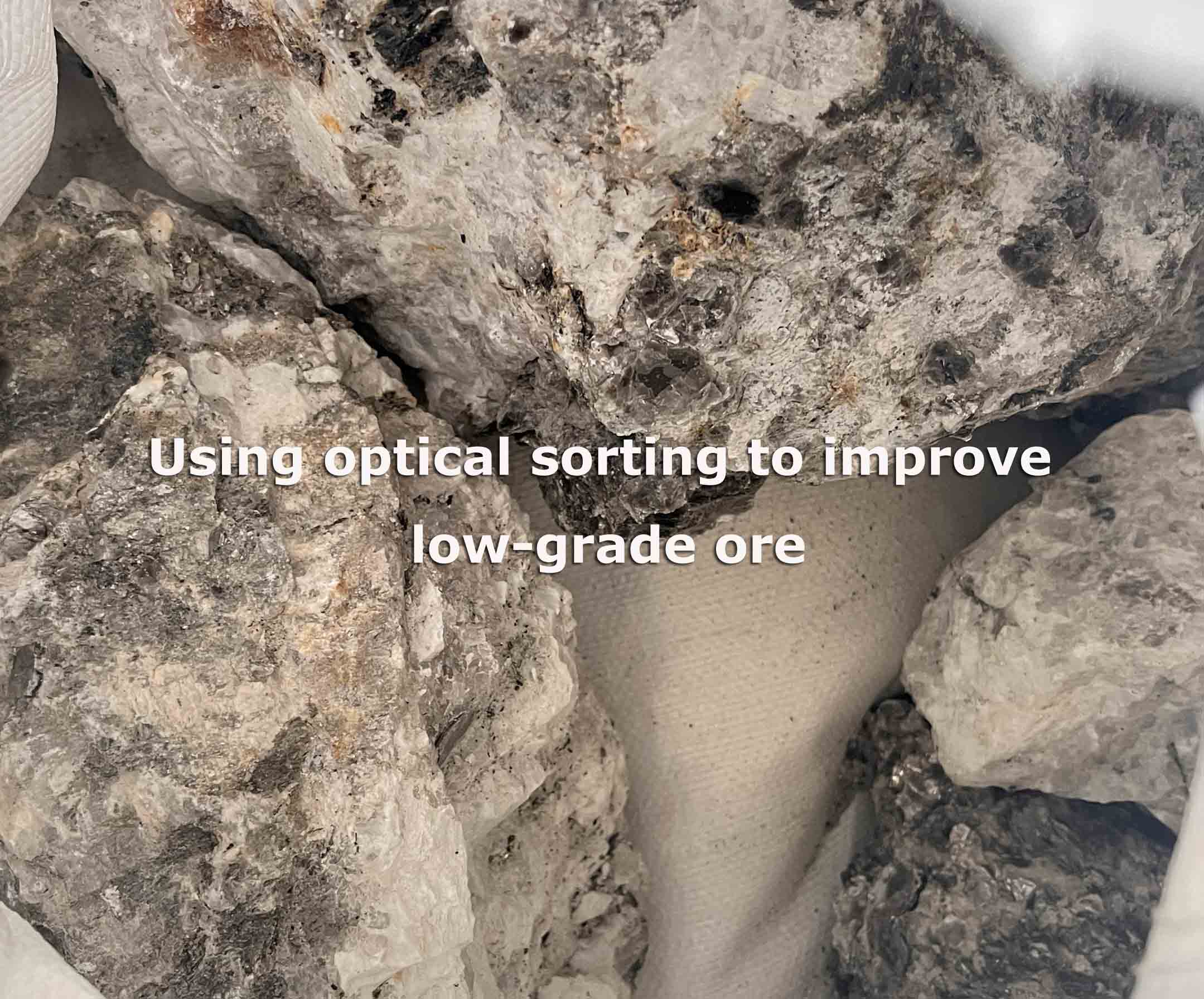 Boosting Ore Grade: The Power of Optical Sorting Machines
Jan 25, 2024
Boosting Ore Grade: The Power of Optical Sorting Machines
Jan 25, 2024
 Optical Ore Sorting: A Game-Changer in Mineral Processing
Jan 27, 2024
Optical Ore Sorting: A Game-Changer in Mineral Processing
Jan 27, 2024
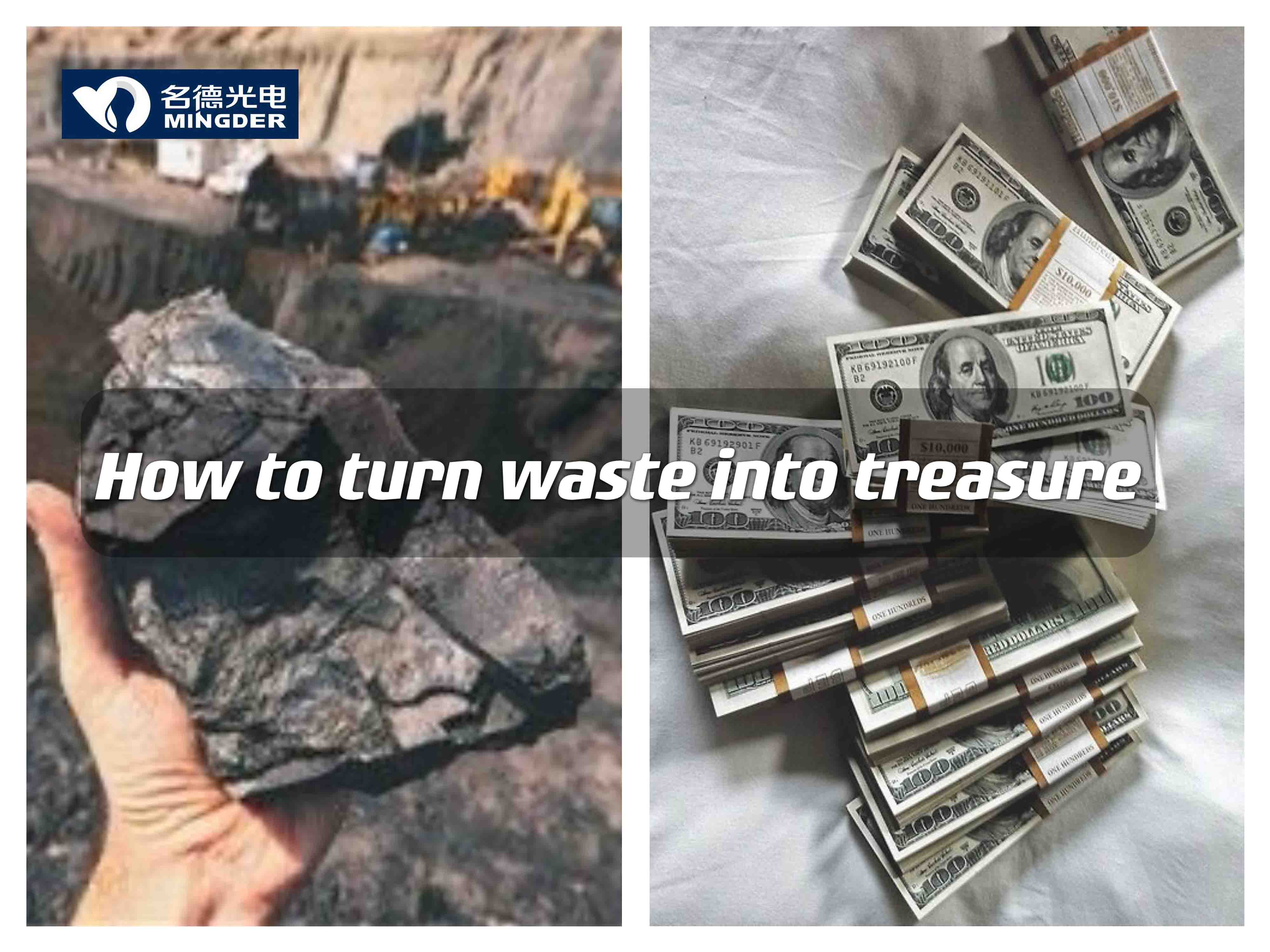 Proprietary Ore Optoelectronic Sorting Equipment: Leveraging Technological Innovation to Transform Tailings into Treasure
Jan 18, 2024
Proprietary Ore Optoelectronic Sorting Equipment: Leveraging Technological Innovation to Transform Tailings into Treasure
Jan 18, 2024
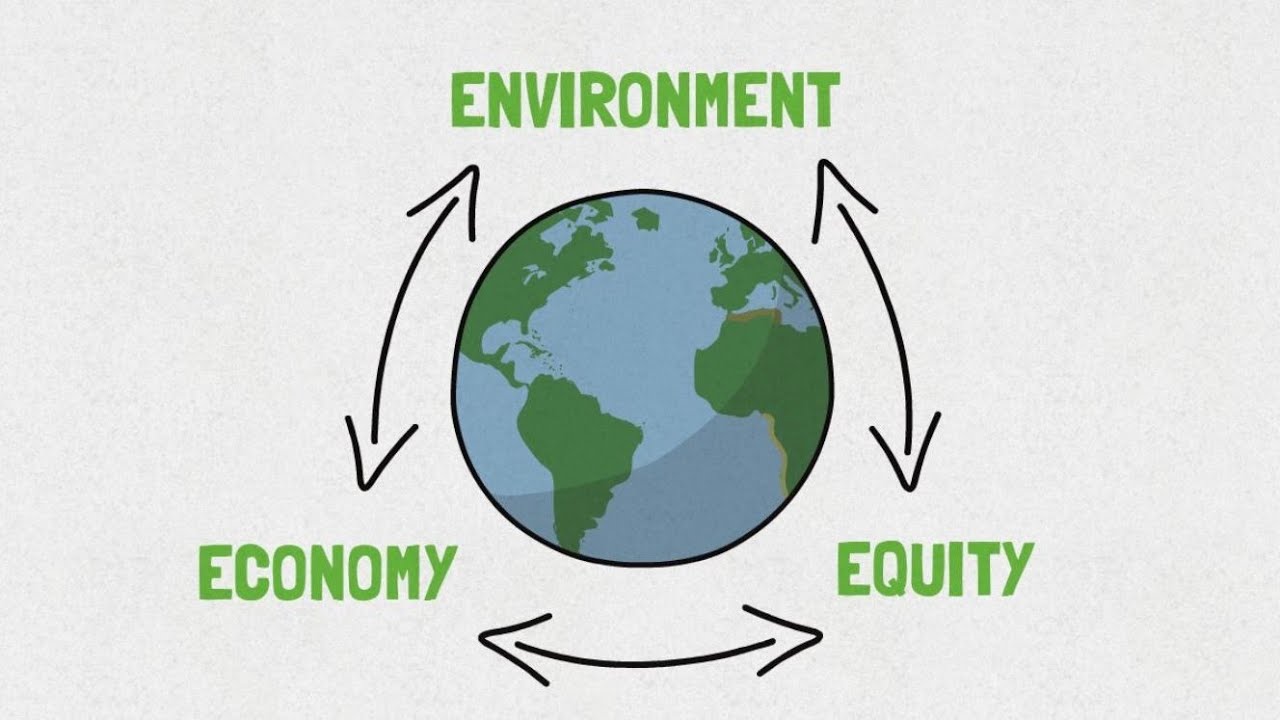 How to make mining greener and more efficient
Jan 18, 2024
How to make mining greener and more efficient
Jan 18, 2024